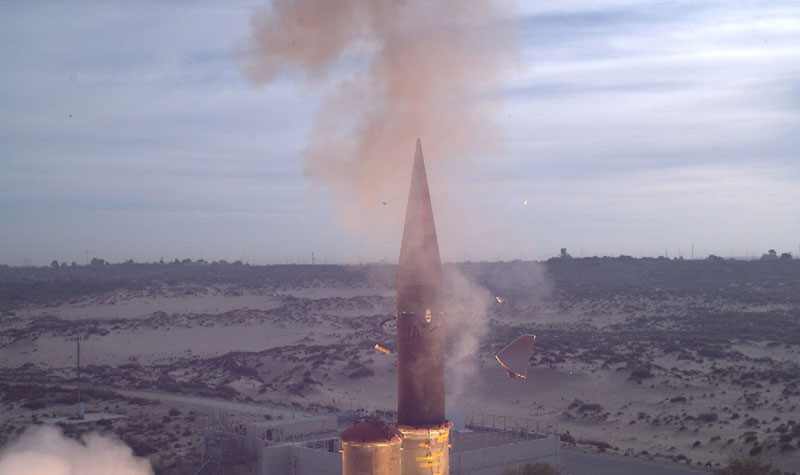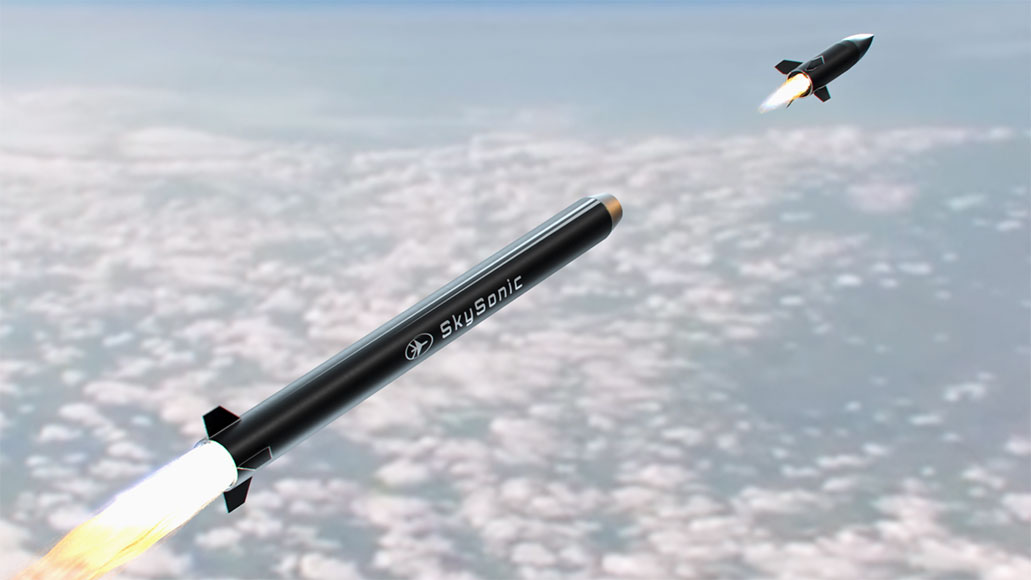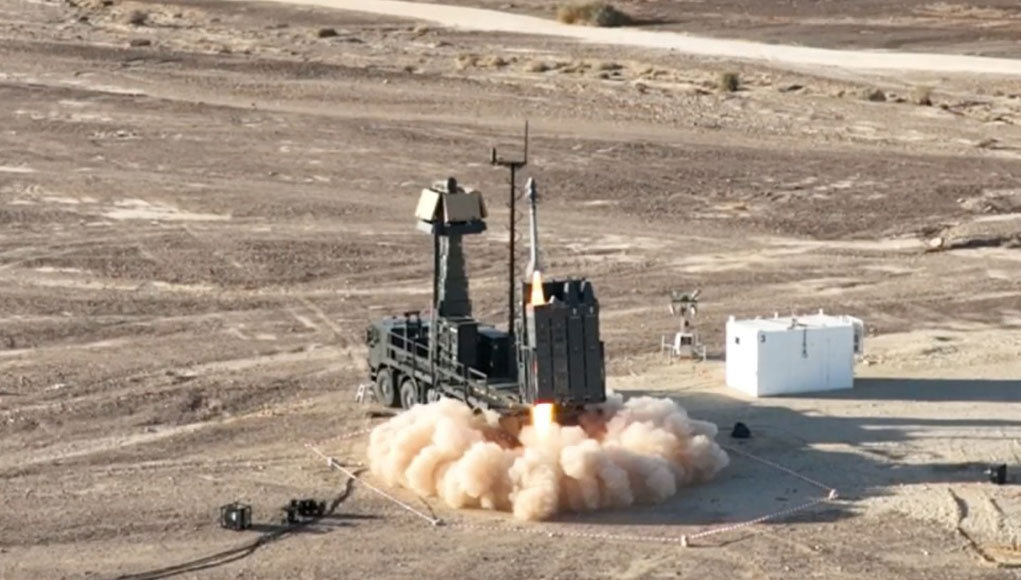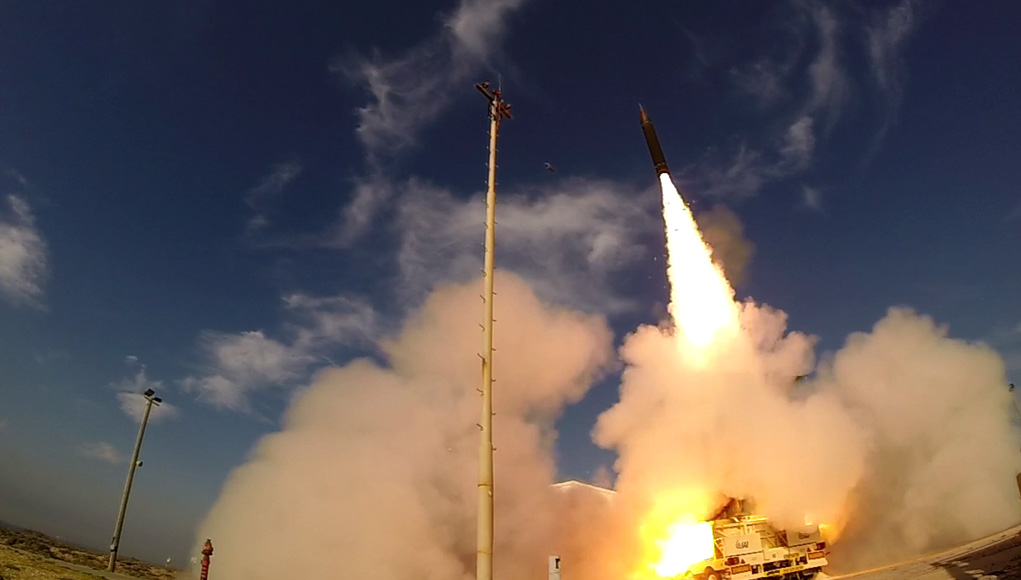The Iron Swords War has been waged between Israel and the proxy groups controlled by Iran for ten months. Before the breakout of hostilities, the conflict with Iran was managed covertly in Syria and Iraq. The war that broke out on October 7, 2023, opened with a surprise attack by the Gazan terrorist group Hamas against Israeli military forces and civilian communities along the Israel-Gaza border. It rapidly expanded into an overt regional conflict involving ballistic missile attacks, cruise missiles, suicide drones, and other loitering weapons launched from different locations as far out as Yemen and Iraq.
Unlike the conflict in Gaza that involved land forces on both sides, most activities on the other fronts were conducted in the aerial domain, which tasked Israeli air defense forces to spread out their assets, learn to adapt and improve under fire, and engage different threats, the new techniques, and tactics developed by the enemy.
Iranian Attack on Israeli Defenses
On April 14, 2024, following an Israeli air attack on Iranian targets near their embassy in Damascus, Syria, this regional conflict erupted in an exceptionally violent event, as the Iranian forces directly attacked Israel using hundreds of weapons.
This extraordinary act required the entire Israeli air defense system, along with the regional air defense coalition established by Israel, its neighbors, and allies, to respond. The attack involved hundreds of launches from hundreds of kilometers away, dozens of cruise missiles, and over 120 ballistic missiles launched from over a thousand kilometers. This attack directly challenged Israel’s multilayered defense network, primarily fighter aircraft, David’s Sling, and Arrow Weapon System. It was not the first time such intercepts occurred. Before that event, Israel’s air defenses performed exo-atmospheric intercepts of ballistic and cruise missiles launched against Israel from Yemen, but the massive attack and the challenge posed by the massive Iranian attack were unprecedented. The Iranians were determined to win this round. Eventually, they lost, as most of their weapons were intercepted far from Israeli borders, and the few that did penetrate caused no significant damage.
Israel’s Multilayered Defense Network
This phenomenal success is attributed to Israel’s multilayered defense network that relies on a coalition of nations from several NATO members and some of Israel’s neighbors in the region, organized following the ‘Abraham Accord’ peace agreements and under the cooperation of those nations within the US Central Command. While coalition members and air forces provided the forward defense, Israel’s multi-layered air and missile defense system provided an effective shield for Israel’s sovereign area over land, sea, and air space.
This formidable effort was not tested ad hoc but required many preparations, simulations, and training to sharpen and coordinate the actions across the region. Israeli defense companies have developed essential tools for such simulations. For example, Omnisys is the solution provider of the IDF Mission Planning and Optimization System for Israel’s multi-layer missile defense systems. A typical battlespace optimization system is the Battlespace Resource Optimization (BRO), developed by Omnisys, which provides optimal planning, execution, and debriefing for large-scale military operations.
Early Warning Systems
The first layer of defense is early warning, provided by a comprehensive radar network comprising the IAI ELTA Sy’ Green Pine and Multi-Mission radars (MMR). Israel is recognized as a world leader in radar technology, and the radars associated with Israeli air defense systems are attributed to the key advantages of these systems. (More on Elta’s air defense radars)


Missile Defense Systems
The Arrow Weapon System (AWS), developed and built by IAI, is part of Israel’s HOMA (guardian wall) multi-layered missile defense system that consists of the Arrow 3 and Arrow 2 interceptors that are capable of intercepting ballistic missile targets at ranges of hundreds of kilometers, these intercepts are managed by the Golden Almond Battle Management Center, which also manages RAFAEL’s David’s Sling interceptors designed to intercept maneuvering targets at medium and long ranges, such as cruise missiles. Apart from Israel, Germany and Finland have chosen ARROW 3 (Germany) and DAVID’s Sling (Finland) systems.
In 2021, the Israel Missile Defense Organization (IMDO), in the Directorate of Defense R&D (MAFAT) of the Israel Ministry of Defense and the U.S. Missile Defense Agency (MDA), commenced the development of the Arrow-4 system. Arrow-4 will be the next generation of endo-exoatmospheric interceptors in the Arrow weapon system. Arrow 4 is currently under development and is believed to augment and replace the Arrow 2, offering improved maneuverability in atmospheric flight and enhanced engagement envelope against advanced missiles. The Israeli missile-defense roadmap also includes Arrow 5, but no details were released on this initiative. David’s Sling also had a successful combat debut during the recent war. Another new interceptor being offered by RAFAEL is the Sky Sonic, an interceptor optimized to engage hypersonic missiles at their mi-and terminal stage.


Energy Weapons – Lasers & RF
Israel’s air and missile defense capabilities currently rely on multiple layers of interceptors that provide a tight and effective defensive capability against incoming ballistic and cruise missiles and rockets of all sizes. This multi-layered system is excellent but costly, as it requires expensive interceptors to deal with every target that poses a risk to populated areas, strategic sites, or other targets with military significance. For many years, Israel’s leading electro-optics pioneer ELOP, part of Elbit Systems, has been developing lasers of various types. In recent years, the company has achieved breakthroughs in high-energy solid-state laser technology, which is currently implemented in several weaponization programs.
The first is RAFAEL’s Iron Beam, a solid-state high-power laser positioned to augment the company’s Iron Dome systems, enabling the engagement and destruction of rockets, missiles, and drones within seconds at short range. Iron Beam introduces a low-cost intercept option using high-power laser beams instead of interceptor missiles or guns. This capability introduces a ‘cost per kill’ of several cents rather than tens of thousands of dollars. The Israeli high-energy solid-state laser systems are scalable, enabling the use of laser weapons in relocatable installations on vehicles, naval vessels, helicopters, and drones, introducing groundbreaking weaponization capabilities for future warfare.
Short-Range Air Defense
Another layer of defense is RAFAEL’s Iron Dome, which has been fielding and intercepting thousands of enemy rockets since 2011. Originally designed to intercept rockets at short range, the Iron Dome has been enhanced to act as a Short-Range Air Defense (SHORAD) asset, improving its capability to intercept short and medium-range rockets and some types of unmanned aerial targets. The naval version – Sea Dome, has also been integrated into Israeli Navy Magen corvettes, which are employed to defend Israeli coastal areas and offshore assets. RAFAEL has recently added the new IRON LANCE interceptor to the Iron Dome’s arsenal, optimizing a load of its 20-cell magazine to engage fast and slow targets such as UAS. RAFAEL is also developing a High Energy Laser (HEL) weapon, the Iron Beam, which will be integrated as the lowest layer of Israel’s multilayered defense system to introduce a sustainable and efficient means of interception, providing an improved battle economy.

Integration of Defense Systems
Developed in the late 1990s, HOMA gradually integrated different weapon systems, some locally produced, others employing foreign assets integrated into the system during emergencies. This integration is enabled by a comprehensive battle management architecture that allows each system to sync its operation with the joint mission.
Other Israeli defensive systems include IAI’s BARAK MX air and missile defense network, which provides a wide area defense rather than a point defense. It enables the air defender to distribute fire units over a large area, each operating independently and maintaining full networking with other sensors and fire units to provide adequate coverage over land and sea. BARAK MX is used by several nations and navies worldwide. Another innovative concept is RAFAEL’s Spyder All-In-One (AIO) system, which integrates a complete Spyder air defense system into a single vehicle. This mobile configuration enables quick relocation of air defense assets and independent operation of fire assets, introducing new capabilities and flexibility for the air defense effort.
More articles in this series:




















